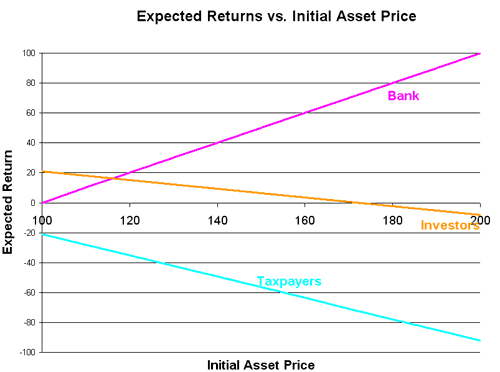What is the Essence of a Two By Four?
Decades ago, common carpentry practice (later set in stone by written regulations) specified that certain applications needed a 2 inch by 4 inch board. The reason this board was chosen was not due to its size per se (in most cases, for cost and space issues, I am sure folks would love to have gotten away with something smaller). This size board was chosen for a specific application by its load-carrying ability. For example, two inch by four inch boards spaced every 16 inches apart created acceptably strong framing for a wall.
Anyway, after many years of making lumber, the timber and lumber industry found ways to make the 2 inch by 4 inch board much stronger. Well, not always stronger, but more uniform in strength such that the weakest board in a batch was much closer to the average than before. But for standards, this has about the same effect -- 2 inch by 4 inch boards could be considered to be much stronger since the expected value had to be set at the minimum that might be encountered.
So now, all the standard applications are over-designed. We can get away with a smaller, cheaper board than a 2x4. Or, for those of you less focused on capitalism and more focused on environmentalism, we can use fewer trees to build the same house. But how do we switch an entire industry that is steeped from birth as to what a 2x4 should be used for? How do we rewrite a myriad of regulations that all call for a 2x4?
Well, in the lumber industry, they redefined the 2x4 to actually be something like 1.5 x 3.5 actual inches, a board which under new production processes has the same predicted strength as the old 2" by 4" boards. In effect, they decided that the essence of a 2x4 was not its dimensions, but its load-carrying ability. Almost any engineer can understand this immediately. This means we still frame walls with 2x4's spaced every 16 inches, but the lumber is smaller and less expensive than it was before. Standards and training don't have to change. Architects maybe had to adjust a bit because their wall widths changed slightly, but a 3.5 inch board width actually is a nice number because with sheets of 3/4 inch drywall on both sides it makes for a nice round number 6" thick wall.
All of this is background to this absurd story, is using this history to try to commit legal blackmail against a couple large home store chains (via Overlawyered):
Two home improvements stores are accused of deceiving the buyers of four-by-four boards, the big brother to the ubiquitous two-by-four.
The alleged deception: Menards and Home Depot (HD) market and sell the hefty lumber as four-by-fours without specifying that the boards actually measure 3½ inches by 3½ inches.
The lawsuits against the retailers would-be class actions, filed within five days of each other in federal court for the Northern District of Illinois. Attorneys from the same Chicago law firm represent the plaintiffs in both cases. Each suit seeks more than $5 million.
“Defendant has received significant profits from its false marketing and sale of its dimensional lumber products,†the action against Menards contends.
“Defendant’s representations as to the dimension of these products were false and misleading,†the suit against Home Depot alleges.
The retailers say the allegations are bogus. It is common knowledge and longstanding industry practice, they say, that names such as two-by-four or four-by-four do not describe the width and thickness of those pieces of lumber.
